It’s the first time I’ve been to a live-action conference since the pandemic. Getting a lanyard was oddly validating.
Octopus
Octopus is something that feels very important to me— it’s a Jisc service which aims to provide an alternate research publishing system which splits up the traditional paper into many linked parts which can be created by different people at different times. It’s controversial and can only possibly work if the researchers feel pressure to use It. To succeed this probably needs carrots (linked to staff promotions, reputation, better tools etc) and sticks (funder mandates) .
I rather talked the ear off anybody who would listen to my ideas for this but the big ones are:
- Overlay journals similar to what exist on Arxiv where a curated and peer reviewed set of items is presented through a portal but uses the Octopus system as it’s back-end.
- Subject portals that provide more value to visualise datasets etc. for specific known subjects
- Automatic analysis and processing— we should tag datasets so tools can know they meet a specification and then researchers can create tools could create value-add automatically … eg detect all files in a crystallography mark-up format and render than as 2D & 3D images and upload that as a linked dataset.
I think understanding that we probably need some deeper levels of dataset metadata than the library level. We need metadata that can help us auto-discover data that conforms to certain standards and formats. I wrote a post about this some time ago: The Research Data Onion
Clevertouch
This is the vendor for the fancy touch screens we have in our office. It was nice to learn a few new features — there’s an app for laptops and phones that can do some things. I’m not sure if we’d use these features, but it’s good to learn about these things if only to pass on to colleagues and researchers who may benefit.
I was a bit disappointed that my drag-to-open web browsing experiment didn’t work on it but I think that’s probably just some faffing in JS libraries to make it work.
Equipment data relaunch
equipment.data.ac.uk was an idea that I had around a decade ago and we built at Southampton. We handed it over to Jisc but they failed to keep their promises to maintain and improve it, and let it slowly degrade. However I’m very proud that my autodiscovery system kept it ticking over sustainably for many years.
More recently they did some research and found people really wanted it to be refreshed so they’ve invested in that and that’s great news. They no longer accept RDF as a format so currently Southampton has zero records, but I’ll be fixing that up soon.
They said they still do the auto discovery step, but that used RDF so I’m not sure about that and aim to learn more. It’s a little hard seeing something I feel personally was “my baby” getting no references to the people who first created it but the idea is more important than the credit.
Sue Black and International Women’s Day
The second day of the event was international women’s day and the keynote was from Sue Black who told the story of how she became an influential professor of computer science. She switched life path relatively late into academia and I wonder how many people have the same difficult first half of the story then never have the happy ending that Sue did.
Jisc staff
I think my favourite part of the event was meeting all the new Jisc staff. Very few remember me from the EPrints & Dev8D eras. Many I spoke to only joined post-pandemic!
I was careful to only have 2 coffees each day but was probably still a bit stream-of-conciousness enthusiasm and ideas at a few of them.
I’m hoping to rebuild all those connections that have frayed over the years.
Long ago I wrote a couple of blog posts about the change from JISC to Jisc which modern Jisc people might find interesting context on the history of that change from the perspective of an outsider looking in: Twilight of the JISC, Jisc: Regeneration or Rebranding.
The Event App
Sigh, why is this still an issue in 2023… I feel we’re going backwards rather than forwards on tools for attending events.
The app for the festival was very bad. First of all, why an app and not a website?
It was clunky and slow. The UI for the programme just showed a list of events making it hard to see what clashed. If you moved off the app and back it lost state and had to refresh. The programme can just be on a public website, the app was pointless for that. It had alerts which turned out to just be various events starting – but you had to click the “alerts” button. It had a way to scan other delegates QR codes to create a link with them but it was a learning curve and not really worth it.
I’ve put a lot of thought into event programmes and still think that what Jisc should do is standardise event programmes to a nice file format. Maybe a JSON file based on ideas from the exploration we once did of the idea … and here’s a Jisc event I marked up using that in 2010.
What they should then do is provide a nice web interface to that, but encourage delegates to make better interfaces and apps that use the programme data. Then encourage other events in the sector to do the same, and foster a decent ecosystem of tools rather than this everything-in-one-crap-app would that 2023 has landed us with.
What the open data approach can’t do is the people-linking side of the app, due to GDPR. But neither could the app, and a good old fashioned twitter hashtag might have been more useful to make contacts.
Because the UI for the programme was muddled and it wasn’t easy to see slot start times at a glance I missed two sessions due to chatting to someone and not realising something was starting.
There should have been a big timetable grid in the reception area showing everything over the two days clearly in a proper grid format.
Catering
I did well passing my saving-throw-vs-pastries.
The food was all vegan and vegetarian which was an interesting choice and generally pretty good.
The venue had many locations with coffee cups and each had a person standing by them saying “don’t get the coffee from here”. The shear labour of 3 people who had to direct me until I got to the one location with coffee— why didn’t they just give those people jugs of coffee OR not put mugs in lots of locations they were not serving from??
The drinks reception was quite amusing due to the sudden change to disco lighting and banging techno. The choice of beer was Coors or Punk IPA 0%. That was a bit lame but I guess I wasn’t paying, so gift horses and all that…
Networking (the kind where you talk to humans in person)
Overall meeting other delegates who did similar work to my team was almost impossible. I talked to lots of random people but they were all either Jisc staff, vendors or working in education. Our team focusses on research, so while I met many nice interesting people I feel I failed to make many contacts with actual peers.
I feel that the event organisers probably felt that the app was enough of a solution and it just wasn’t, but no other routes had been provided.
The name tags were not suitable to tell people’s professional role at a glance. Lots of us have long job descriptions and if so the font was scaled down. My name & university was nice and readable but my job is tiny. I don’t need to read people’s university on their name tag — I want to know their role/reason for going as they key decider on who to strike up conversations with.
I ended up having dinner with people from my own university. It was great to get to know them better but also a fail for a networking event. I really feel I missed out not arranging to be part of a larger group of people getting to know each other from various institutions.
- Things that would have helped:
a way to state things you’d like to network about before the event, and add your name to other people’s interests - Better ways to tell at a glance who might be a peer (stickers, different lanyard/card colours, better design of name cards).
- some kind of unconference element – a way to pitch some things and find other people’s interests
We’ve all come a long way and talking to each other would have been valuable. People sat alone a lot. Sure some probably needed downtime, but I saw many people walking around half heartedly trying to make connections but not having any support from the event. I used to know lots of people and there was a community that could make introductions for new people, but now those networks have eroded due to turnover during the pandemic years and that’s a problem.
Networking (The kind where I used to use Twitter)
I didn’t use Twitter for this event as I’ve largely stopped using it since it became far more toxic, but I really missed it. I used to provide far more rewarding peer to peer experience than any of the more modern solutions I’ve seen. Although in-person pen-and-paper solutions work well too.
Looking at the hashtag there’s a good few tweets and, importantly, still a good number of responses to tweets showing there’s still some community there, not just people shouting into the void.
Maybe I’m cutting my nose off to spite my face, and I should consider going back to using Twitter for events like this until someone invents a decent alternative way to peer to peer chat with delegates at an event?
I think I’ll tweet this blog post which’ll make it my first tweek in about 9 months.
Networking (The kind where you use EduRoam)
I found the free eduroam wifi at the event to be unusable and resorted to using tethering on my phone instead. Not great, but not the disaster it would have been before tethering was an easy option.
Overall
The programme was very much focussed on panel discussions and the dreaded sponsored-sessions. It lacked any discussion/debate sessions. Perhaps that is deliberate, and the event is intended to be “Jisc and vendors talk to the delegates, it’s not our problem to facilitate the delegates talking to each other”, but it would be more worth going to if they reconsidered this. The satellite meeting rooms were empty much of the time and could have been used for so sessions maybe?
It was well worth attending but I could have got more value out of it if there’s been more effort to help the delegates make connections and a better way to read the programme.




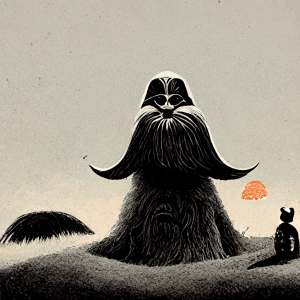
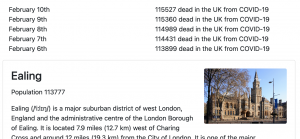


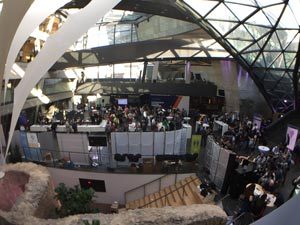

 Before it’s visible to the public, most websites spend a few days, weeks or months in an inchoate state. Some websites never actually go live as the need for them goes away, or they turn out to require more work than anticipated.
Before it’s visible to the public, most websites spend a few days, weeks or months in an inchoate state. Some websites never actually go live as the need for them goes away, or they turn out to require more work than anticipated.
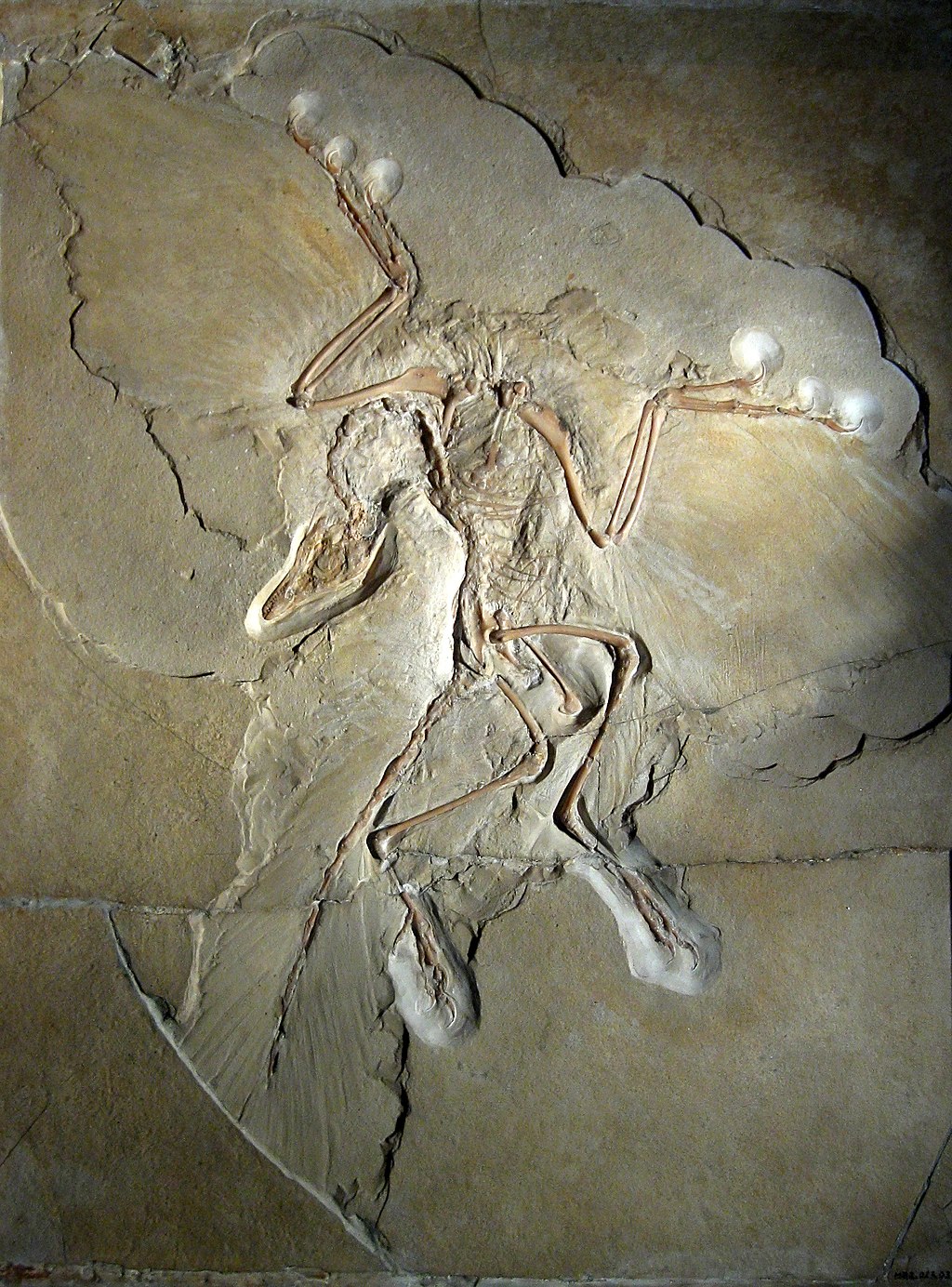 I like to think of this process as fossilisation. The new site is the same “shape” as the site you copied, but it’s lifeless and rock solid and should last a very long time.
I like to think of this process as fossilisation. The new site is the same “shape” as the site you copied, but it’s lifeless and rock solid and should last a very long time.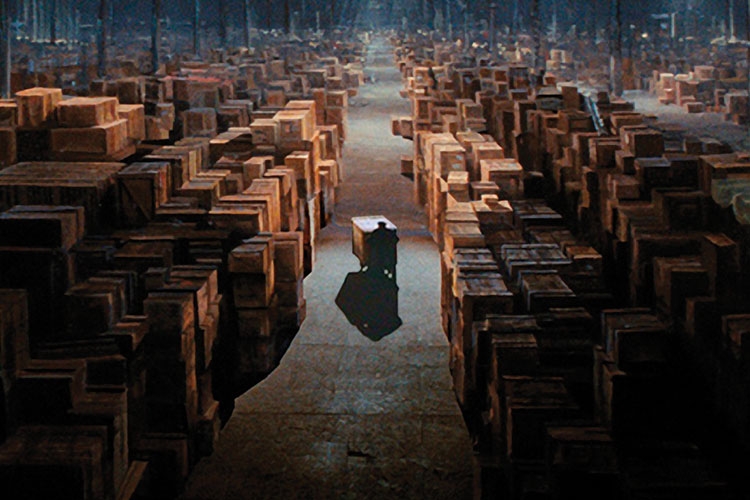 These repositories may or may not make the deposited website visible to the general public. The long term value of preserving the information then becomes a decision for people with appropriate training. Some sites may be important to preserve for future generations, and which ones may be hard to decide, but the IT department can help by making such preservation cheaper and lower risk.
These repositories may or may not make the deposited website visible to the general public. The long term value of preserving the information then becomes a decision for people with appropriate training. Some sites may be important to preserve for future generations, and which ones may be hard to decide, but the IT department can help by making such preservation cheaper and lower risk. People can be very nervous about destroying data so it may be useful to offer to take a site offline, but keep the data, and place a useful message at it’s previous location for a period of time. Say 6 months or 12 months. At the end of this time, if nobody has actually needed the content it gets destroyed.
People can be very nervous about destroying data so it may be useful to offer to take a site offline, but keep the data, and place a useful message at it’s previous location for a period of time. Say 6 months or 12 months. At the end of this time, if nobody has actually needed the content it gets destroyed. I like the metaphor, even if it’s a bit morbid. There is a point where a website is gone and we have destroyed all copies of it under our control. This sounds a bit dramatic, and it is. We want people to understand that after this point it’s gone and they can’t get it back. This step is most important on sites with a data protection issue.
I like the metaphor, even if it’s a bit morbid. There is a point where a website is gone and we have destroyed all copies of it under our control. This sounds a bit dramatic, and it is. We want people to understand that after this point it’s gone and they can’t get it back. This step is most important on sites with a data protection issue.
